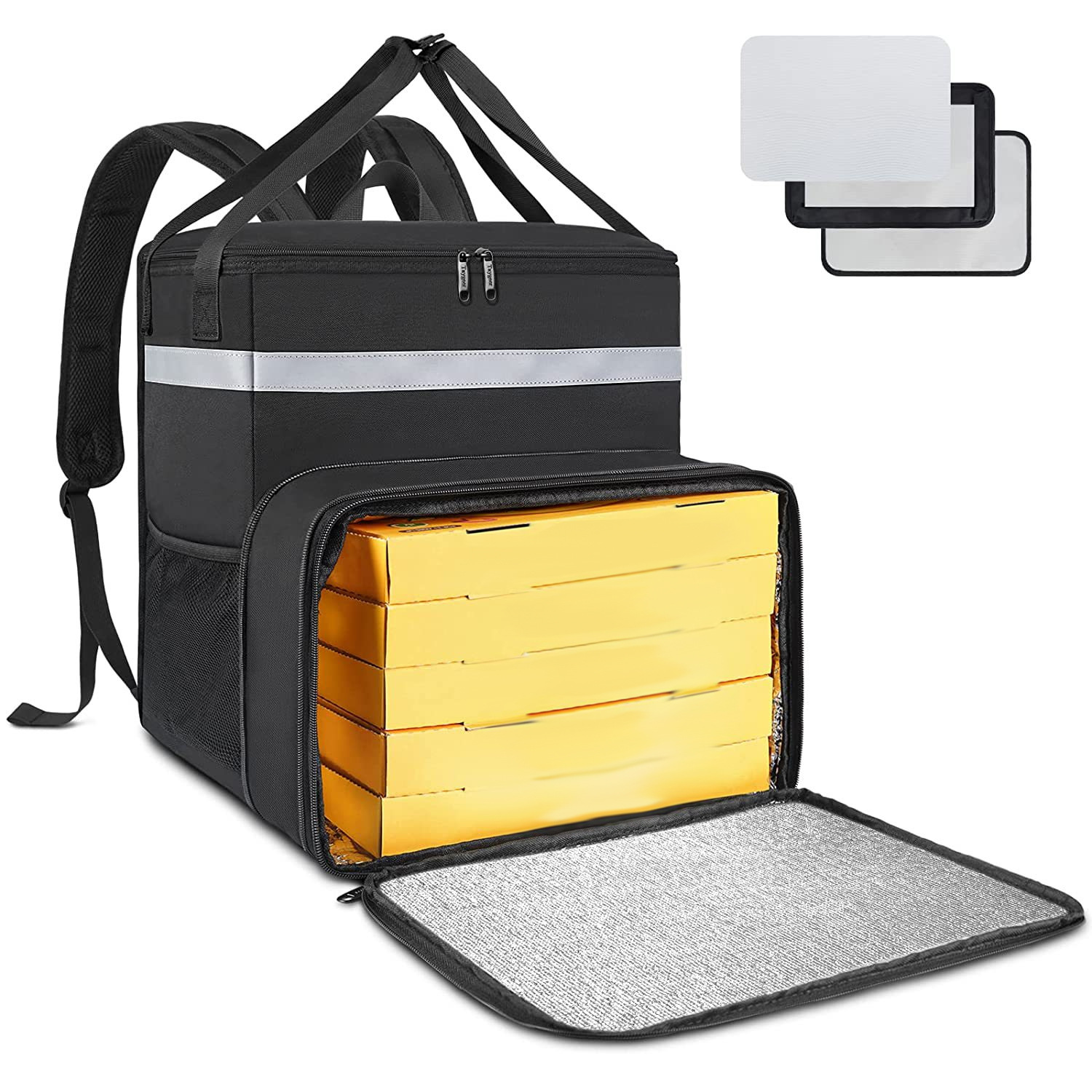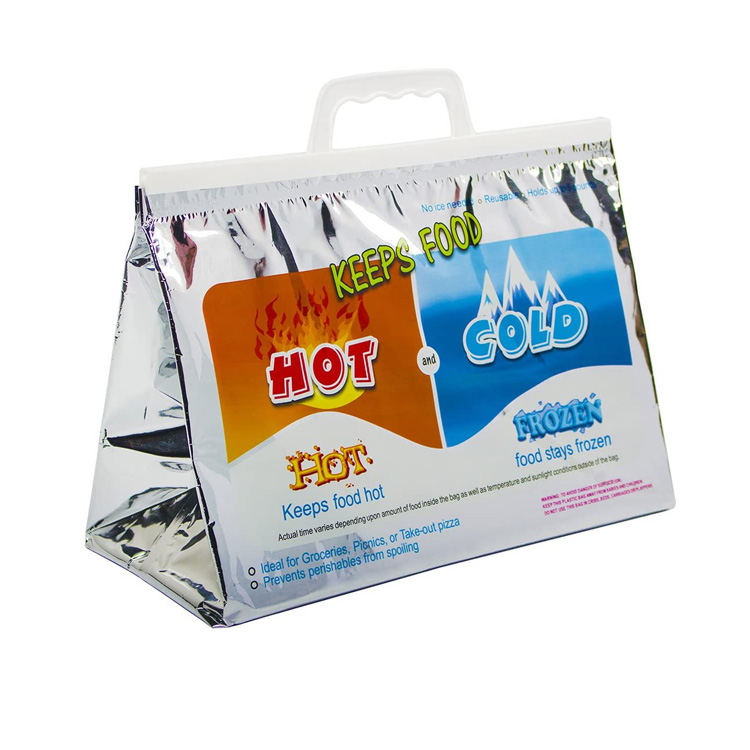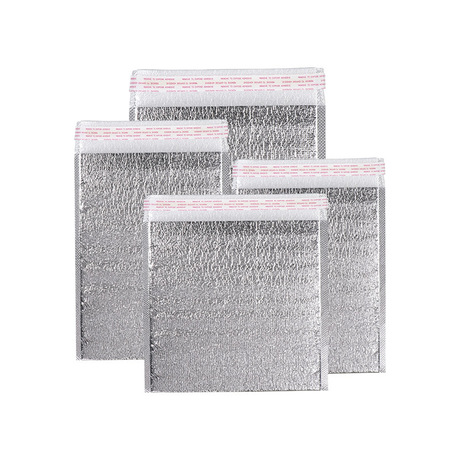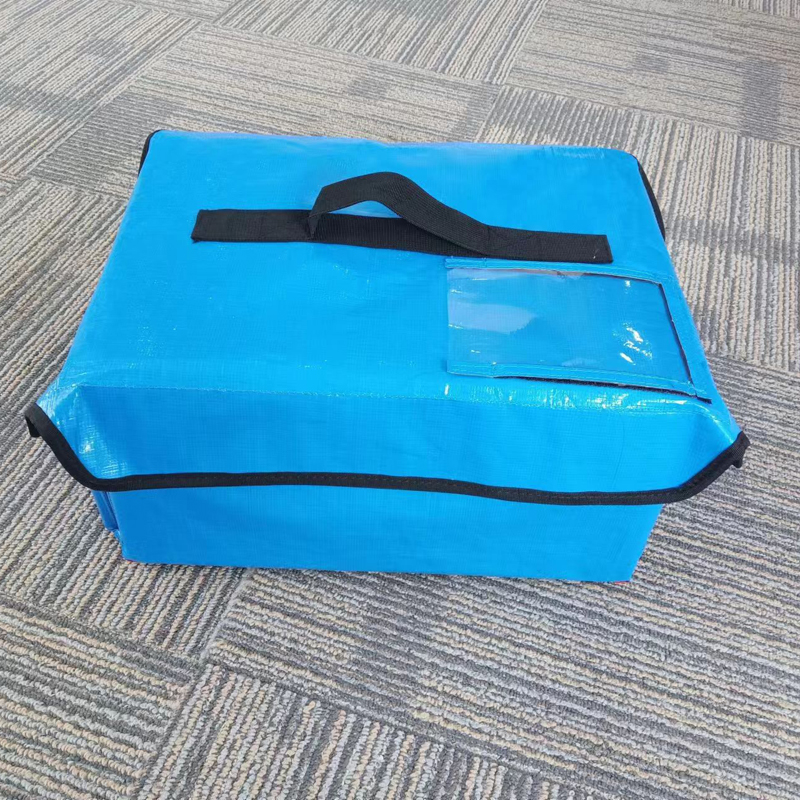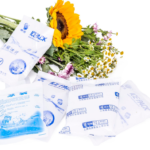Freezing is a method of preserving food, drogas, and other substances by lowering their temperature to below freezing point. This technology can effectively extend the shelf life of products, as low temperatures greatly slow down the growth of microorganisms and the speed of chemical reactions. The following is detailed information about freezing:
Principios básicos
1. Rango de temperatura: Freezing typically involves lowering the temperature of the product to -18 ° C or lower. At this temperature, most of the water forms ice crystals, microbial activity basically stops, and the metabolic process of food also significantly slows down.
2. Water conversion: During the freezing process, the water in the product is converted into ice crystals, which helps prevent bacterial growth and chemical reactions from occurring. Sin embargo, the formation of ice crystals may disrupt cellular structure, which is one of the reasons why frozen foods may experience texture changes after thawing.
Freezing technology
1. Rapid freezing: Rapid freezing is a commonly used method that minimizes the size of ice crystals formed inside food by rapidly lowering the temperature of the food, helping to protect the structure and texture of the food. This is usually achieved in commercial production using efficient refrigeration equipment.
2. Ultra low temperature freezing: In certain specific applications (such as certain scientific research fields and high-end food preservation), ultra-low temperature freezing may be used, and the temperature can be reduced to -80 ° C or lower to achieve extremely long preservation time.
3. Frozen storage: Frozen food needs to be stored in appropriate refrigeration equipment, such as a home freezer or commercial cold storage, to ensure that the food is continuously kept at a safe temperature.
application area
1. Food industry: In the food industry, freezing is a common preservation method, suitable for various foods such as meat, mariscos, cooked food, productos lácteos, frutas y verduras.
2. Cuidado de la salud: Certain drugs and biological samples (such as blood, células, etc.) require cryopreservation to maintain their stability and efficacy.
3. Scientific research: In scientific research, freezing technology is used to preserve various biological samples and chemical reagents for long-term research and analysis.
matters needing attention
1. Proper packaging: Proper packaging is crucial to prevent frostbite and food drying. Using moisture-proof and well sealed packaging materials can protect food.
2. Avoid repeated freeze-thaw cycles: Repeated freeze-thaw cycles can damage the texture and nutrition of food, and should be avoided as much as possible.
3. Safe thawing: The thawing process is also very important, and should be slowly thawed in the refrigerator, or quickly thawed using a microwave and cold water to reduce the chance of bacterial growth.
Freezing is a highly effective preservation method that significantly slows down microbial activity and chemical changes, extending the shelf life of food and other sensitive substances. The correct freezing and thawing techniques can maximize the nutritional and sensory quality of food.







